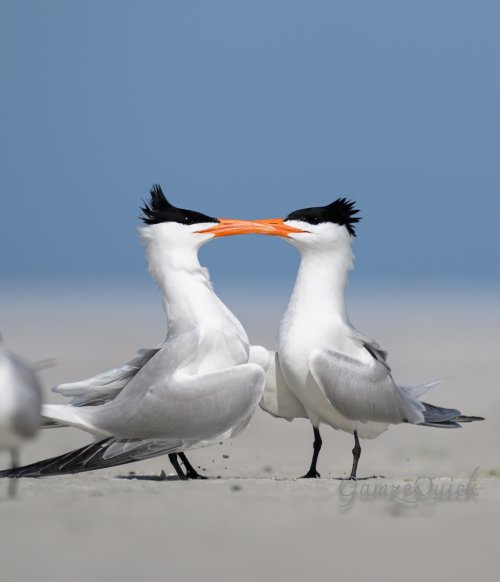GamzeQ
New member
Hello everyone,
I need help/guidance on focusing on multiple subjects, specifically birds when they are on the same focal plane: both birds are on the same focal point vertically or horizontally and I want to capture both of them sharp. I'm having difficulty as Auto Focus keeps the tab on the only one. I understand the increasing the DoF but my challenge is when they are next to each other.
Should I turn off subject detection off and use Wide L? Can use some help. Thank you in advance.
Camera: Nikon z9. Example image attached. The one on the right is in focus, and the one on the left is slightly out of focus.
I need help/guidance on focusing on multiple subjects, specifically birds when they are on the same focal plane: both birds are on the same focal point vertically or horizontally and I want to capture both of them sharp. I'm having difficulty as Auto Focus keeps the tab on the only one. I understand the increasing the DoF but my challenge is when they are next to each other.
Should I turn off subject detection off and use Wide L? Can use some help. Thank you in advance.
Camera: Nikon z9. Example image attached. The one on the right is in focus, and the one on the left is slightly out of focus.
Attachments
Last edited:


